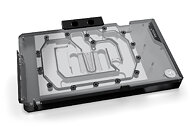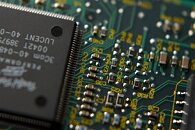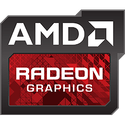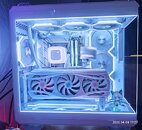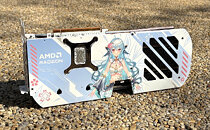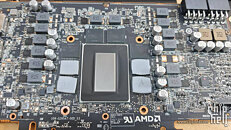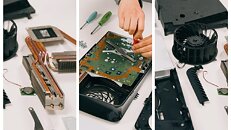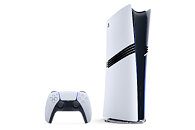
Corsair's Planned CEO Transition Takes Effect; Thi La Assumes Role of CEO
Corsair Gaming, Inc. (Nasdaq: CRSR) ("Corsair" or the "Company"), a leading global provider of high-performance gear for gamers, streamers, content creators, PC builders and SIM driving enthusiasts, today announced that the planned CEO transition has taken effect. Andy Paul, Corsair's Founder and Chief Executive Officer, has officially retired from the Company and its Board of Directors, effective today. Thi La, formerly the Company's President and Chief Operating Officer, has assumed the role of Chief Executive Officer.
Originally announced in February 2025, the transition is part of a long-planned succession strategy approved by Corsair's Board of Directors. Ms. La steps into the CEO role after more than 14 years with Corsair, where she has held key executive positions in operations, product leadership, and strategic development.
Originally announced in February 2025, the transition is part of a long-planned succession strategy approved by Corsair's Board of Directors. Ms. La steps into the CEO role after more than 14 years with Corsair, where she has held key executive positions in operations, product leadership, and strategic development.


















